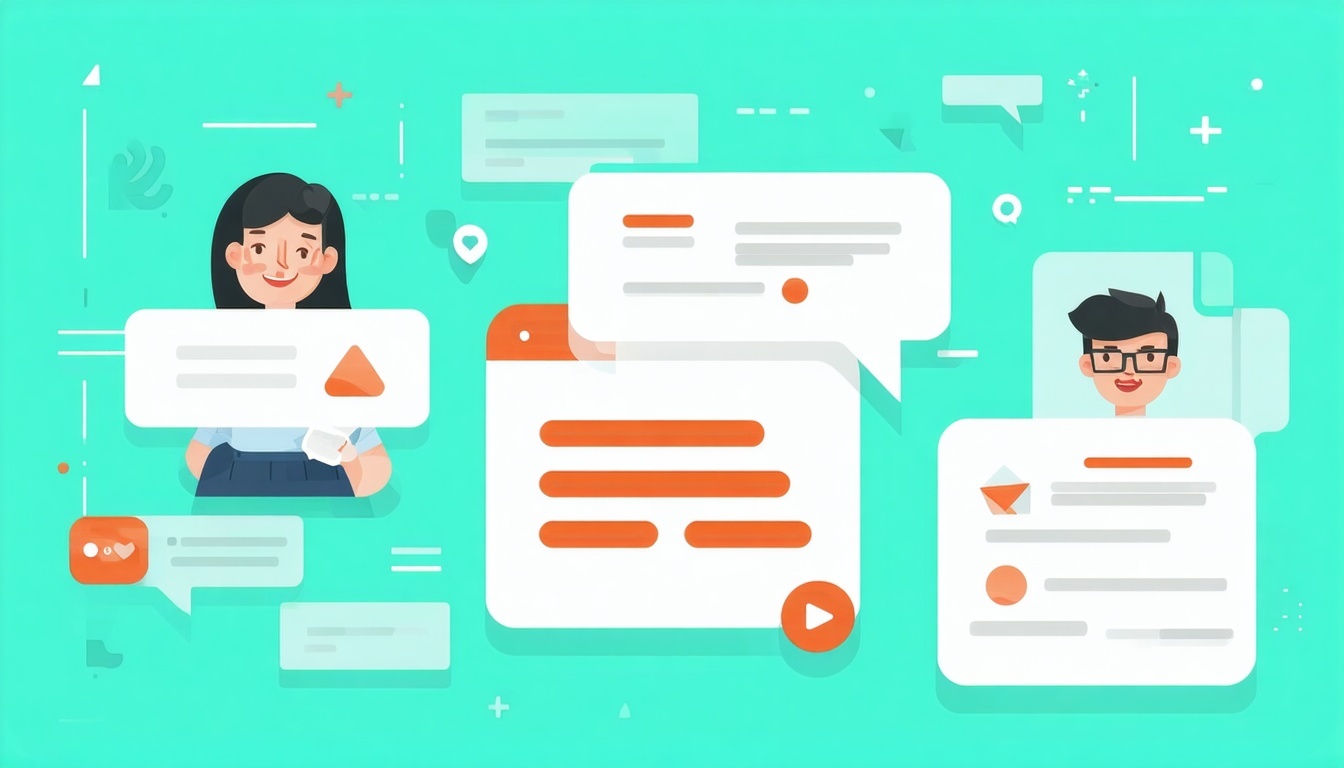
Unlock the full potential of your marketing strategy by leveraging HubSpot's personalization and smart content features to deliver tailored messages that resonate with your audience.
In the digital age, customers expect tailored experiences that speak directly to their needs and interests. HubSpot’s robust personalization and smart content features empower marketers to deliver the right message, to the right person, at the right time—across every channel.
What Is Personalization in HubSpot?
Personalization in HubSpot involves using data and technology to create targeted, individualized experiences for each contact or visitor. This can range from inserting a contact’s first name in an email to dynamically displaying tailored website content based on user behavior, demographics, or lifecycle stage
By leveraging HubSpot's tools, businesses can deliver personalized emails, dynamic website content, and targeted campaigns that resonate on a deeper level with their audience, thereby driving higher engagement and conversion rates.
Understanding the Power of Personalization in SAAS Marketing
In the SAAS industry, personalization is a powerful strategy to differentiate your brand and enhance customer relationships. Personalized marketing helps in addressing individual pain points, improving user experience, and fostering loyalty.
By understanding user behavior and preferences, SAAS companies can offer more tailored solutions, which not only improve customer satisfaction but also increase the likelihood of upselling and cross-selling opportunities.
How HubSpot Enables Personalization
HubSpot enables personalization through a variety of tools and features designed to help businesses understand and engage their audience better. These include segmentation, CRM integration, and smart content creation.
The platform allows marketers to segment their audience based on various criteria such as behavior, demographics, and engagement levels, making it easier to deliver highly targeted messages.
1. Personalization Tokens
Personalization tokens allow you to insert dynamic information, such as a contact’s name, company, industry, or any custom property, directly into your content. These tokens can be used in:- Emails (subject lines and body)
- Website pages
- Landing pages
- SMS messages
For example, you can greet a contact by their first name in an email or display their company name on a landing page. If a contact’s property value is missing, HubSpot lets you set a fallback value to maintain a seamless experience.
Supported personalization tokens include:
- Contact and company properties
- Deal, ticket, and custom object properties (for automated emails)
- Office location and subscription details (for emails)
- E-commerce data, such as cart or quote information (with integrations)
2. Smart Content
Smart Content takes personalization further by dynamically changing sections of your website, landing pages, blog posts, emails, and CTAs based on who is viewing them.
How it works:
2. You set up smart rules to display different content variations based on criteria such as:
- Contact list membership
- Lifecycle stage (lead, customer, etc.)
- Device type (mobile, tablet, desktop)
- Country or preferred language
- Referral or ad source
- Query parameters in the URL
- Show different CTAs to leads vs. customers
- Display localized content based on visitor country or language
- Tailor offers or messaging for specific industries or buyer personas
- Adapt content for mobile vs. desktop users
3. CRM Integration and Segmentation
CRM integration is essential for effective personalization. HubSpot's CRM integrates seamlessly with its marketing tools, allowing for a unified view of customer data.
HubSpot’s CRM centralizes all your contact data, enabling deep segmentation. You can build lists and workflows based on demographics, behaviors, engagement, and more. This segmentation powers both personalization tokens and smart content, ensuring every interaction is relevant and timely.
4. Marketing Automation and Workflows
With HubSpot, you can create complex workflows that nurture leads through personalized email sequences, follow-up tasks, and more, ensuring that each prospect receives the right message at the right time.
Personalization is amplified by automation. HubSpot workflows allow you to trigger personalized emails, content, and follow-ups based on user actions, such as form submissions, page visits, or lifecycle changes. This ensures the right content reaches the right person at the optimal moment. Marketing automation in HubSpot helps streamline and automate repetitive tasks, allowing marketers to focus on more strategic initiatives.
Best Practices for Personalization and Smart Content in HubSpot
Start with Clean Data:
Regularly update and clean your CRM to ensure accurate personalization.
Segment Your Audience:
Use lists and personas to organize contacts for targeted messaging.
Set Fallback Values:
Always set fallback values for personalization tokens to avoid awkward gaps in your messaging.
Test and Optimize:
Use A/B testing and analytics to measure the effectiveness of personalized content and refine your strategy.
Leverage Multiple Channels:
Apply personalization across emails, web pages, forms, chatbots, and more for a cohesive experience.
Conclusion
Personalization and smart content are powerful tools that can significantly enhance your marketing efforts in the SAAS industry. By leveraging CRM data, automation, and dynamic content rules, marketers can ensure every message resonates, boosting engagement, conversions, and customer loyalty.
Embracing these strategies requires a commitment to understanding your audience and continuously optimizing your approach, but the rewards in terms of customer satisfaction and business growth are well worth the effort.


Leave Your Comment Here